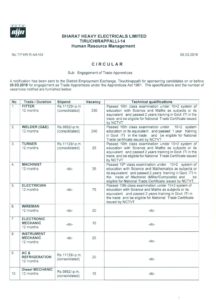Analysis of the India s Food and Nutrition Security

The analysis of India s food and nutrition security prepared by the UN World Food Programme in collaboration with the Ministry of Statistics and Programme Implementation makes the following observations:
- Child stunting which is a measure of chronic malnutrition has reduced at a rate of about 1% per year in India over the last decade. This was the slowest decline among emerging economies.
- If this trend continues 31.4% of children will still be stunted by the 2022 deadline.
- India is required to double its rate of progress to reach the target of 25% by 2022.
- Even though the food grain yields have risen by over 33% in the last two decades, they are still only half of 2030 target yields.
- Even though the Indian farmer is producing more foodgrains than ever before, making the country self-sufficient, the consumer s access to rice, wheat and other cereals has not increased at the same rate, due to population growth, inequality, food wastage and losses, and exports.
- The average per capita consumption among the poorest 30% of the population was 1811 kilocalories. This was much lower than the norm of 2155 kilocalories per day.
- There was a wide range of disparity among states. Whereas in states like Bihar (48%) and Uttar Pradesh (46%), almost one in two children are stunted, while it is only one in five children in Kerala and Goa (20% each).
- Further, there were a high rate of stunting among children in the poorest wealth quintile (51.4%), Scheduled Tribes (43.6%) and Scheduled Castes (42.5%), and children born to mothers with no education (51%).
The report undertook a baseline analysis of India s progress in achieving the second Sustainable Development Goal to end hunger.
Originally written on
June 26, 2019
and last modified on
June 26, 2019.
Tags: malnutrition, Scheduled Castes, Scheduled Tribes, Stunting, UN World Food Programme





